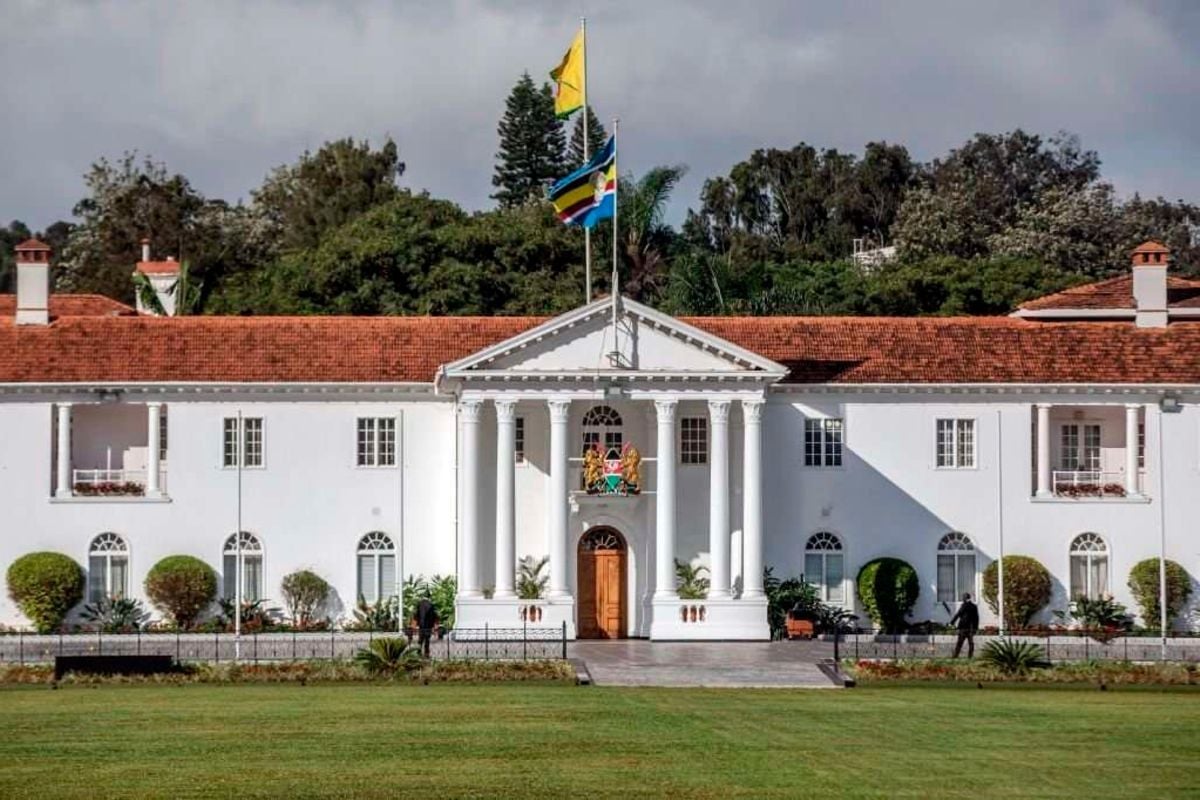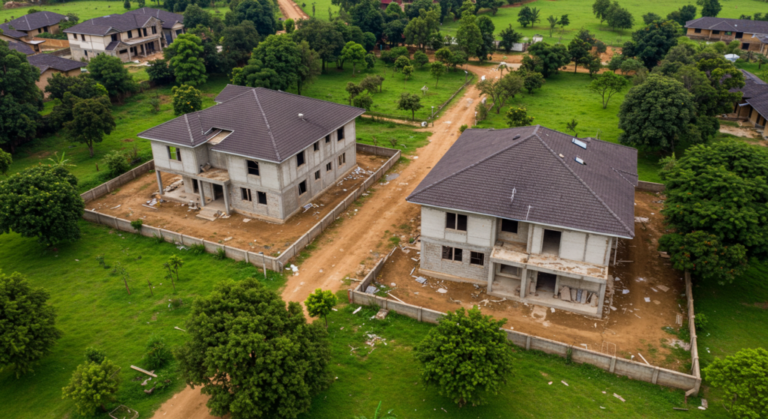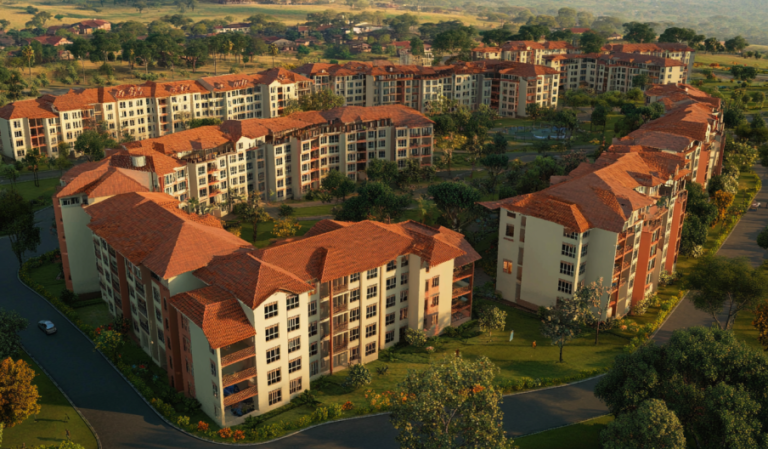Did Kenya’s State House Need a Makeover?
- Nairobi is home to several historic buildings that serve as reminders of its rich colonial and post-colonial heritage.
- Among these historic structures, one stands out, not just for its past but also for its recent transformation: the State House.
- One of the most striking modifications is the shift from the original red-tiled, colonial-era roof to a sleek, modern flat white roof.
Nairobi is home to several historic buildings that serve as reminders of its rich colonial and post-colonial heritage. These structures are not just visually striking; they tell the story of a city that has evolved while still preserving pieces of its past. If you take a moment to observe them, you might feel as though you’ve been transported to a street in London. That’s no coincidence, Nairobi was designed with London’s urban layout in mind. A quick look at photographs from the 1960s makes this influence even more apparent.
Among these historic structures, one stands out, not just for its past but also for its recent transformation: the State House. Built in 1907, the State House, previously known as The Government House, served as the official residence of the governor of British East Africa when Kenya was a colony within the British Empire. After Kenya became a republic, the State House became the official residence of the president. Since then, it has primarily functioned as an administrative office, occasionally hosting visiting dignitaries and serving as a venue for receptions on National Days. Both Mzee Jomo Kenyatta, Kenya’s first president, and his successor, President Daniel arap Moi, chose to reside in private homes rather than in the State House.
Recently, the State House underwent renovations, resulting in a visibly altered appearance. One of the most striking modifications is the shift from the original red-tiled, colonial-era roof to a sleek, modern flat white roof. This update has significantly changed the building’s traditional architectural style, giving it a more contemporary appearance. In addition, the entire building received a fresh coat of paint, and the asphalt surface in the front yard was replaced with grey cabro paving.
While some welcome the modernisation, the renovations have sparked debate. Many feel that the changes have erased an important part of Kenya’s history. For them, the original design wasn’t just about aesthetics, it was a reminder of the country’s past and the journey it has taken over the years. The alteration has led to discussions about whether modernisation should come at the cost of cultural heritage.
The controversy has also drawn the attention of architects and historians, some of whom argue that historic buildings should be preserved in their original state or renovated in a way that respects their heritage. The Architectural Association of Kenya (AAK) has even called for the protection of historically significant structures, emphasizing their role in maintaining national identity. Others, however, believe that the facelift was necessary to keep up with evolving architectural trends and to reflect Kenya’s progress on the global stage.
Personally, I believe the exterior of the State House should have been left untouched or at least renovated in a way that maintained its original charm. Historic buildings serve as more than just landmarks, they tell the story of where we’ve come from and the progress we’ve made. They stand as living reminders of our national identity, our achievements, and the lessons we’ve learned along the way. Instead of altering them drastically, we should find ways to modernise while preserving their historical significance, ensuring future generations can see and appreciate the history they represent.








